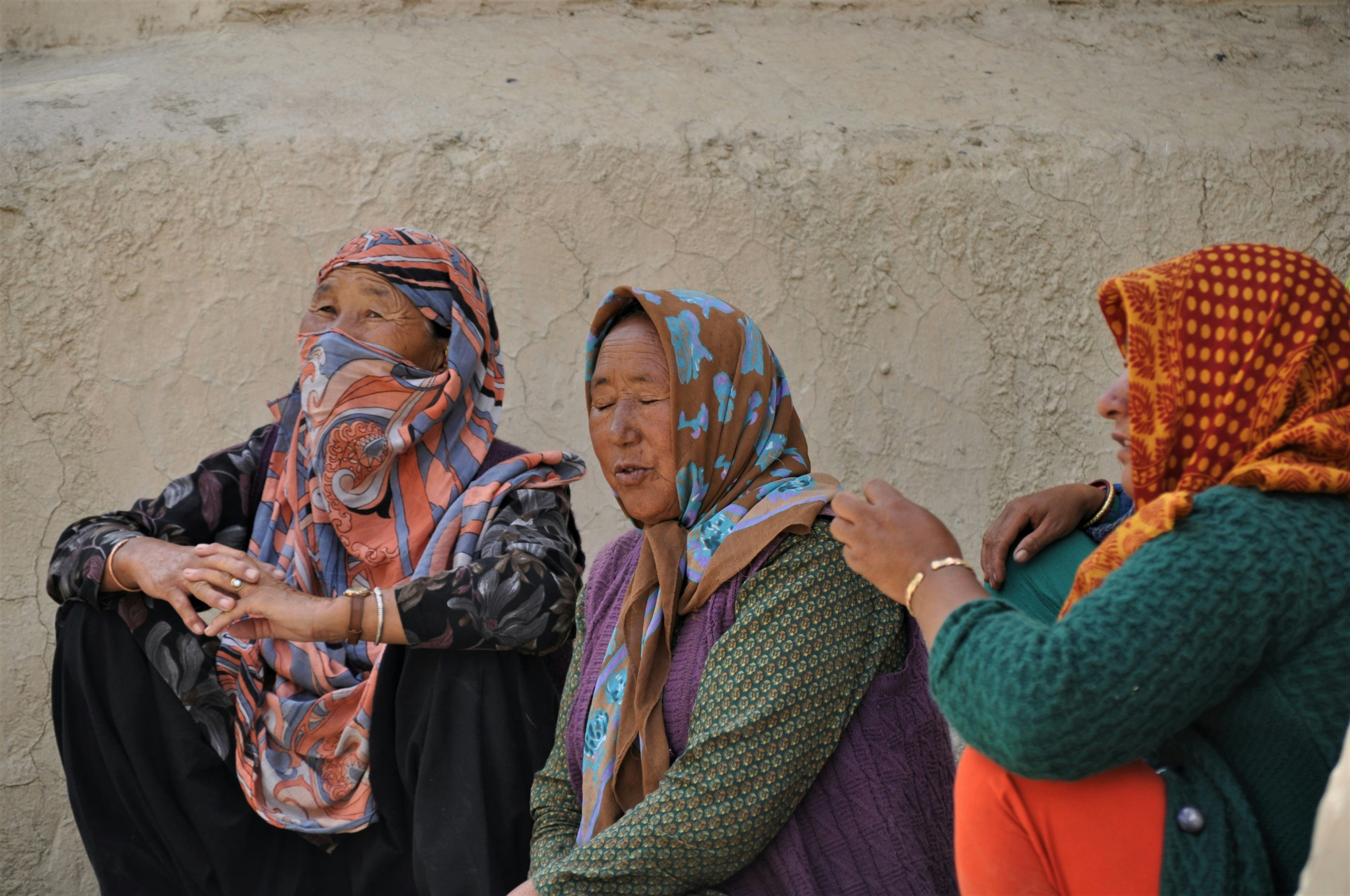Poverty in the Hindu Kush-Himalayas
 The Hindu Kush-Himalayas (HKH) is a mountainous region spanning several countries and is home to more than 210 million people. The area is known for its gorgeous landscapes, rugged terrains and adventure-based tourism. It is also home to many ethnic minorities and indigenous groups. However, the Hindu Kush-Himalayas region is currently burdened with high rates of poverty.
The Hindu Kush-Himalayas (HKH) is a mountainous region spanning several countries and is home to more than 210 million people. The area is known for its gorgeous landscapes, rugged terrains and adventure-based tourism. It is also home to many ethnic minorities and indigenous groups. However, the Hindu Kush-Himalayas region is currently burdened with high rates of poverty.
ICMOD Study
The International Center for Integrated Mountain Development (ICMOD) has identified distinct patterns in poverty in the Hindu Kush-Himalayas region. ICMOD characterizes its analysis of poverty in the HKH region by looking at Afghanistan, Bangladesh, Bhutan, China, India, Myanmar, Nepal and Pakistan, looking solely at the country’s mountainous regions and how poverty manifests in the mountainous areas. ICMOD studies identified that more than 60 million people live in poverty in the Hindu Kush-Himalayan region, noting that this figure did not include China and Myanmar due to insufficient data. Its examination showed that poverty in the mountains was higher than in the nonmountainous regions other than India.
Poverty in Mountainous Regions
The ICMOD study looked at the different impacts that poverty has on people living in these mountainous regions. One significant finding was that one common determiner of mountain-specific poverty was limited access to resources due to physical determinants, such as access to resources up in the mountains. This can lead to inaccessibility to basic plumbing, adequate food resources and clean water.
The data also shows the region to have inadequate access to infrastructure such as markets, hospitals and bus stops. This lack of access makes it more difficult to address health issues, education and other institutional resources. These challenges have made it really difficult to assess different dimensions of poverty in mountainous regions. It’s not as simple as funding but rather accessibility to the resources themselves.
Combating These Issues
Several initiatives are being taken to combat these inequalities in access and difficulties for the population in the mountainous regions. The ICMOD has enacted an initiative called AdaptHimal, which aims to improve the livelihood of the rural poor in the HKH region through environmental and socioeconomic changes. It enables those living in these regions to integrate themselves into loan projects better and introduce institutions that can target their specific needs.
In addition, the organization has partnered with the United Nations Capital Development Fund (UNCDF) to help developmental needs in this area by medicating risks attributed to environmental effects in the HKH. The Asian Development Bank (ADB) has also provided funding and risk assessment to these regions to help them acclimate better and adapt their investments and networks to environmental changes.
Final Remark
Despite work being done to improve infrastructure and resources in the HKH region, there is still more to be done in terms of allocating adequate resources to hard-to-reach areas and mountainous regions in the HKH. This will aid in the decline of poverty and provide better living standards for those in the Hindu Kush-Himalayas.
– Adrita Quabili
Adrita is based in Atlanta, GA, USA and focuses on Politics and Good News for The Borgen Project.
Photo: Unsplash
